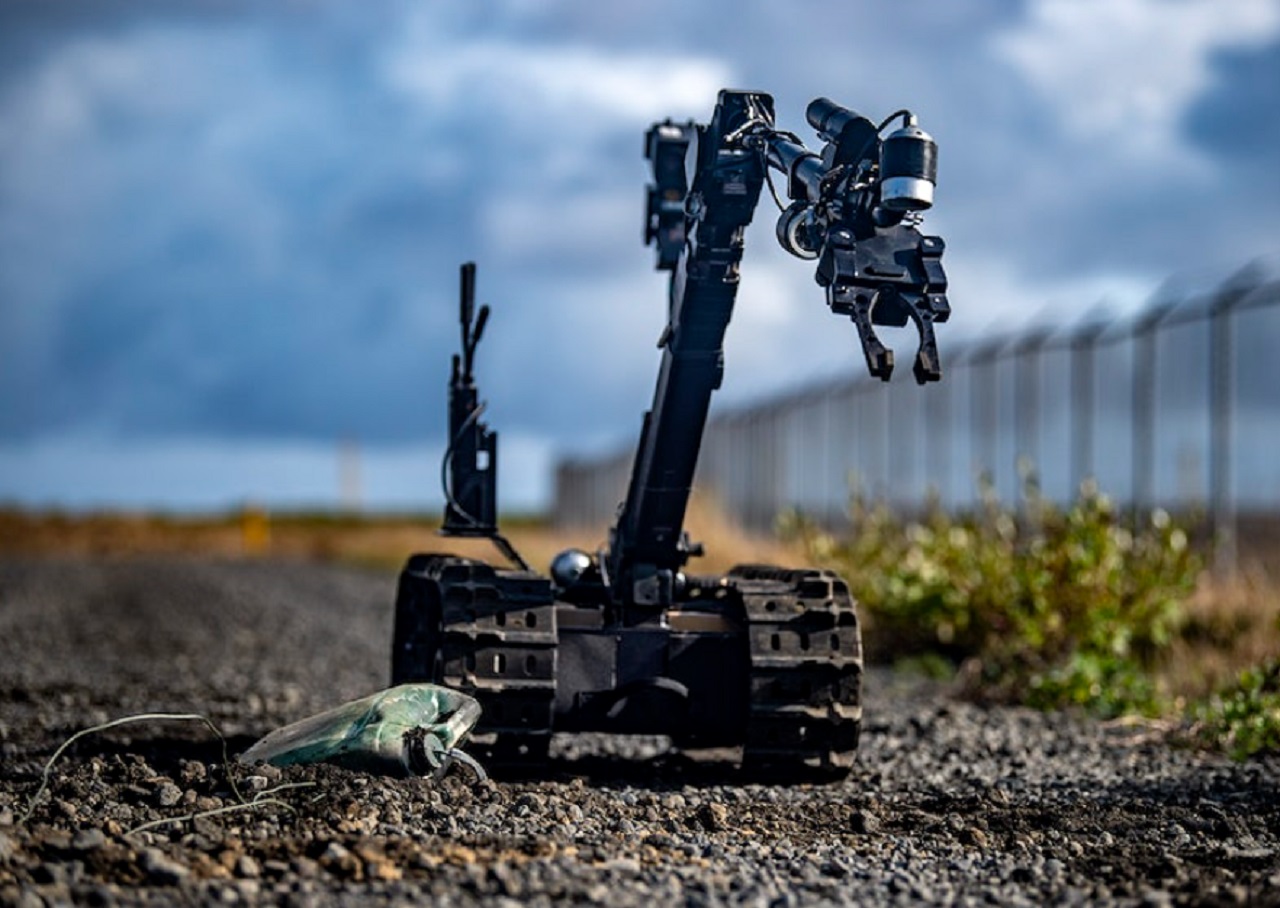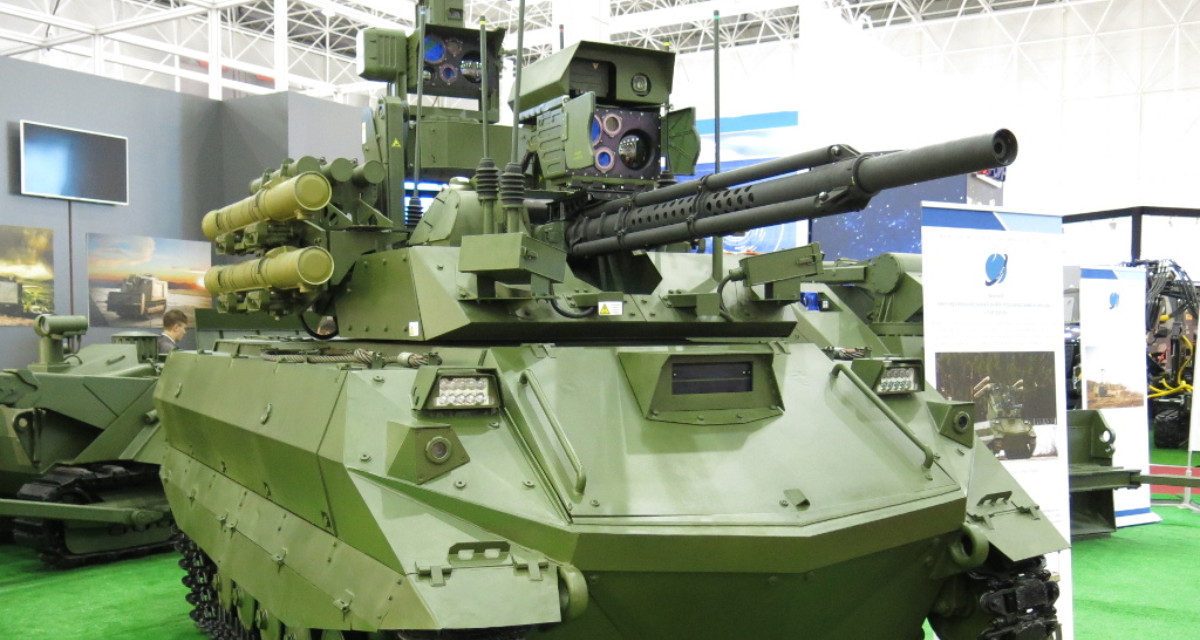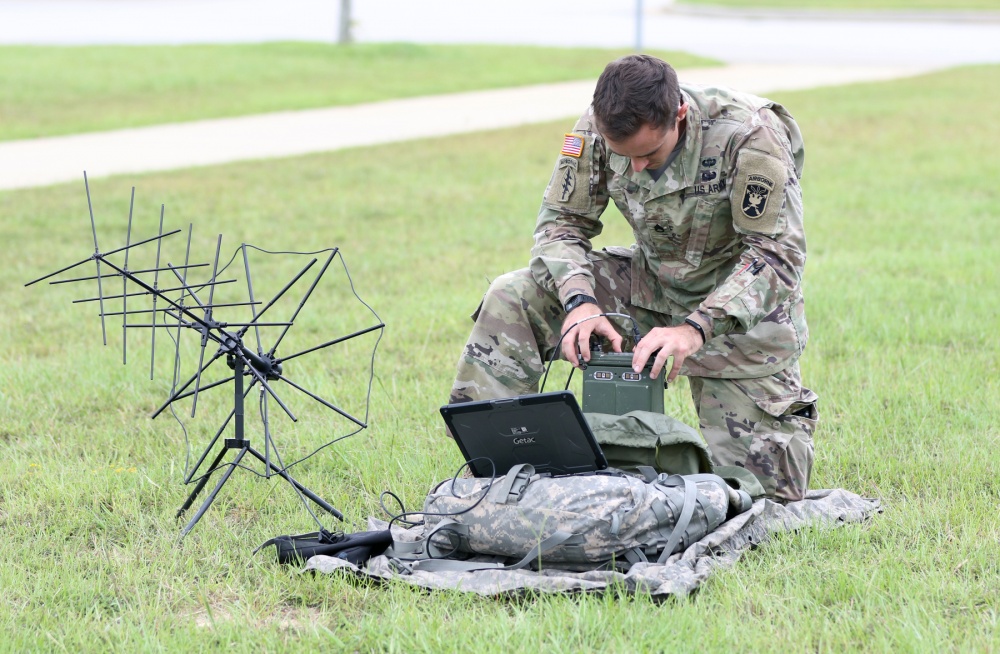
Artificial intelligence (AI) has revolutionized the defense industry, becoming an indispensable component of defense strategy.
This article explores the various ways in which AI is transforming defense, with a focus on AI-powered surveillance, autonomous combat systems, machine learning algorithms in security, AI-enhanced decision-making processes, and the integration of robotics and AI.
By delving into these areas, we can gain a comprehensive understanding of how AI is enhancing situational awareness, strengthening capabilities, and minimizing risk in modern warfare.
Key Takeaways
- AI-powered surveillance is revolutionizing defense strategies by providing real-time threat detection, continuous monitoring, and actionable intelligence to decision-makers.
- Autonomous combat systems offer increased precision and reduced risk to human soldiers, but ethical concerns and careful regulation are necessary for responsible use.
- Machine learning algorithms improve security and threat detection by efficiently processing vast amounts of data, identifying patterns and anomalies, and enabling early detection of breaches and fraudulent activity.
- AI-enhanced decision-making and predictive analytics empower commanders with valuable insights and predictions, enabling quicker response times and minimizing human error in critical situations. The integration of robotics and AI enhances defense capabilities through advanced autonomous systems, data collection and analysis, and human-robot collaboration, while also necessitating ethical considerations and guidelines for transparency and accountability.
AI-Powered Surveillance for Enhanced Situational Awareness
AI-powered surveillance systems have become crucial for defense strategies as they provide enhanced situational awareness. These systems utilize smart video analytics to analyze large volumes of data in real-time, allowing for more accurate and efficient threat detection.

By leveraging machine learning algorithms, AI-powered surveillance can identify patterns and anomalies that may indicate potential security risks or threats. This predictive threat detection enables proactive measures to be taken, minimizing the likelihood of attacks or breaches.
Additionally, AI-powered surveillance systems can automatically monitor and track multiple targets simultaneously, reducing the need for human operators and increasing operational efficiency. The integration of AI in surveillance also allows for continuous monitoring without fatigue or distraction, ensuring a constant state of vigilance.
Overall, AI-powered surveillance enhances defense strategies by providing timely and actionable intelligence to decision-makers, ultimately strengthening national security efforts.
The Role of Autonomous Combat Systems in Modern Warfare
Autonomous combat systems play a significant role in modern warfare. These systems, particularly autonomous combat drones, have revolutionized the way military operations are conducted. They offer several advantages such as increased precision, reduced risk to human soldiers, and enhanced operational capabilities.
Increased Precision: Autonomous combat drones can carry out precise strikes with high accuracy, minimizing collateral damage and civilian casualties.
Reduced Risk to Human Soldiers: By deploying autonomous combat drones instead of human soldiers in dangerous situations, the risk to military personnel's lives is significantly reduced.
Enhanced Operational Capabilities: These systems can operate for extended periods without fatigue or loss of focus, providing continuous surveillance and executing missions efficiently.
However, the use of autonomous combat systems raises ethical concerns. Questions arise regarding accountability for actions taken by these machines and potential violations of international laws governing armed conflict. The development and deployment of such systems require careful consideration and regulation to ensure their responsible use on the battlefield.
Machine Learning Algorithms in Security: Analyzing Data for Threat Detection
Machine learning algorithms have been utilized in security to analyze data for threat detection. These algorithms play a crucial role in improving security by efficiently processing vast amounts of data and identifying patterns that may indicate potential threats or malicious activities. By leveraging machine learning, security systems can continuously learn from new data, adapt their models, and enhance their ability to detect emerging threats.
One way machine learning algorithms are used in security is through data analysis for threat detection. These algorithms can sift through massive amounts of data collected from various sources such as network logs, user behavior, or sensor readings. They can then identify anomalies or suspicious patterns that could signify a potential security breach.

To illustrate the importance of machine learning algorithms in security, consider the following table:
| Application |
Benefits |
| Intrusion Detection Systems |
Improved accuracy in detecting network attacks |
| Malware Detection |
Enhanced identification of new and evolving malware |
| User Behavior Analysis |
Early detection of abnormal user activity |
| Threat Intelligence |
Efficiently analyzing large volumes of threat intelligence data |
| Fraud Detection |
Real-time identification of fraudulent transactions |
In conclusion, machine learning algorithms enable advanced data analysis techniques that greatly improve the effectiveness and efficiency of security systems. Their ability to detect threats accurately and quickly makes them an integral part of modern defense strategies.
AI-Enhanced Decision-Making: Leveraging Real-Time Data and Predictive Analytics
Utilizing real-time data and predictive analytics, decision-making processes can be enhanced by leveraging advanced technology.
In defense strategy, the integration of artificial intelligence (AI) has opened up new possibilities for more efficient and effective decision making. By analyzing vast amounts of data in real time, AI systems can provide valuable insights and predictions that aid in formulating strategic plans and responding to evolving situations.
Leveraging predictive analytics allows defense organizations to anticipate threats, identify patterns, and make proactive decisions based on accurate forecasts. AI-enhanced decision making also enables quicker response times and minimizes human error, as machines can process information faster and with greater precision than humans alone.
This integration of AI into decision-making processes is transforming defense strategies by empowering commanders with timely, data-driven insights that contribute to better-informed choices in critical situations.
The Integration of Robotics and AI in Defense: Strengthening Capabilities and Minimizing Risk
The incorporation of robotics and AI in defense operations has significantly enhanced capabilities while also mitigating potential risks.

The integration of robotics and AI has led to the development of advanced autonomous systems that can perform a wide range of tasks, such as surveillance, reconnaissance, and even combat operations. These systems are capable of collecting and analyzing vast amounts of data in real-time, enabling faster decision-making processes.
Additionally, the use of robotics and AI allows for human-robot collaboration, where humans can remotely control or supervise robotic systems to ensure optimal performance.
However, the integration of robotics and AI in defense also raises ethical considerations. There is a need to establish guidelines and regulations regarding the use of autonomous systems in combat situations to prevent unintended consequences or violations of international laws.
Furthermore, ensuring transparency and accountability in the decision-making processes involving these technologies is crucial.
Overall, while the integration of robotics and AI offers great potential for enhancing defense capabilities, careful consideration must be given to address ethical concerns and minimize risks associated with their implementation.
Frequently Asked Questions
How has AI-powered surveillance improved situational awareness in defense strategy?
AI-powered surveillance has greatly enhanced situational awareness in defense strategy. By utilizing advanced algorithms and machine learning, AI systems can analyze vast amounts of data in real-time, enabling quicker detection and response to potential threats, ultimately improving overall defense capabilities.
What are the advantages of using autonomous combat systems in modern warfare?
The advantages of autonomous combat systems in modern warfare include increased operational efficiency, reduced human casualties, and enhanced decision-making capabilities. However, ethical implications arise concerning accountability, civilian safety, and potential misuse of AI technology.
How do machine learning algorithms analyze data for threat detection in security?
Machine learning algorithms play a crucial role in threat detection for security purposes. These algorithms, when combined with AI-powered surveillance systems, analyze vast amounts of data to identify patterns and anomalies that may indicate potential threats or breaches in defense strategy.
How does AI-enhanced decision-making leverage real-time data and predictive analytics in defense strategy?
AI-enhanced decision-making in defense strategy leverages real-time data and predictive analytics. Real-time decision making allows for immediate response to threats, while predictive analytics enables proactive planning and resource allocation based on anticipated future events.
What are the potential benefits of integrating robotics and AI in defense, and how does it minimize risks?
The integration of robotics and AI in defense offers several potential benefits, including improved efficiency, increased precision in combat operations, enhanced situational awareness, and reduced risk to human personnel. This collaboration also helps in mitigating risks by allowing autonomous systems to perform dangerous tasks and minimizing human error.
 GadgetsProduct ReviewsSmart DevicesDronesVirtual DevicesPrivacy PolicyTerms And Conditions
GadgetsProduct ReviewsSmart DevicesDronesVirtual DevicesPrivacy PolicyTerms And Conditions
